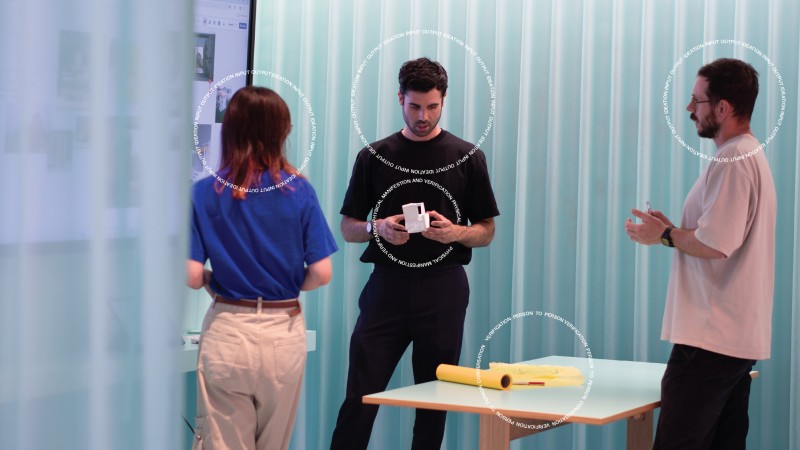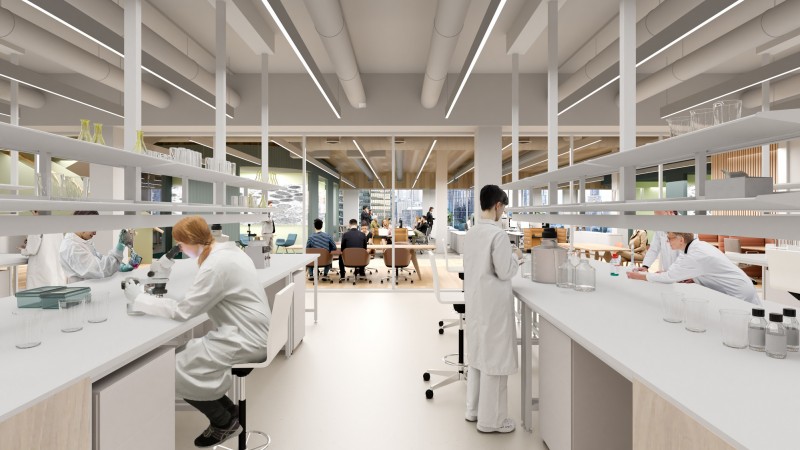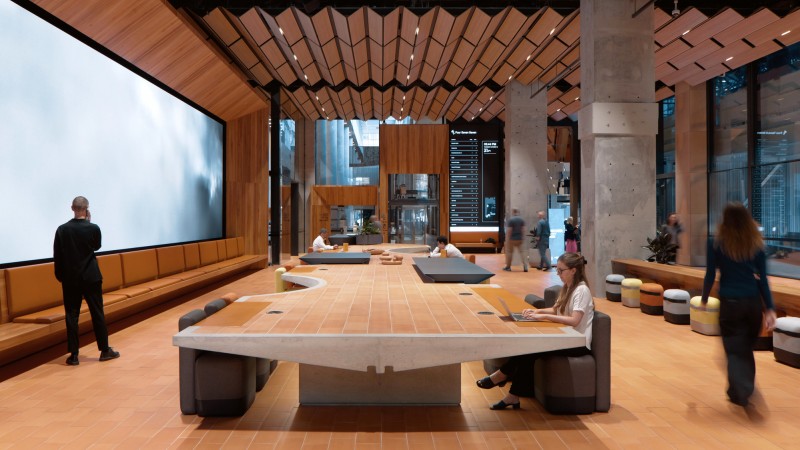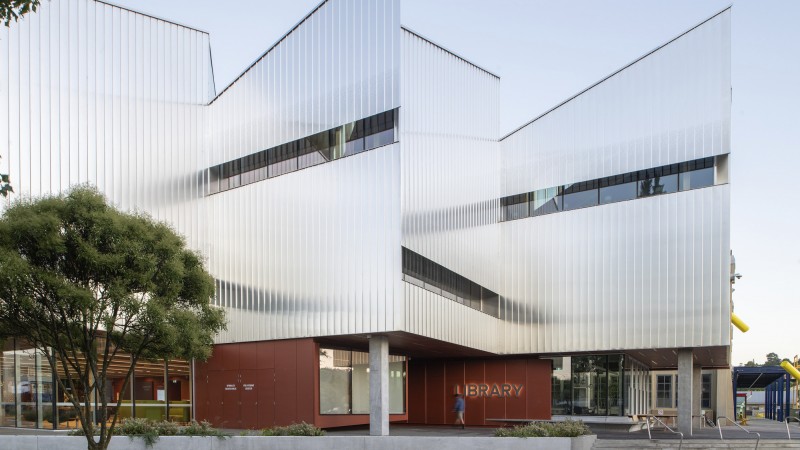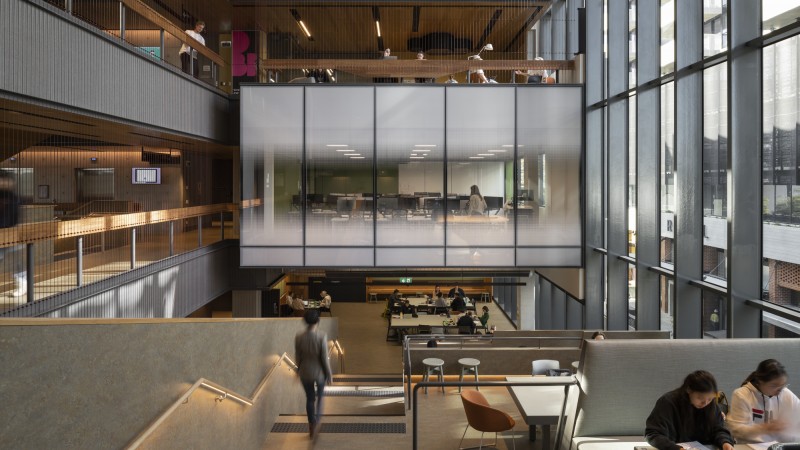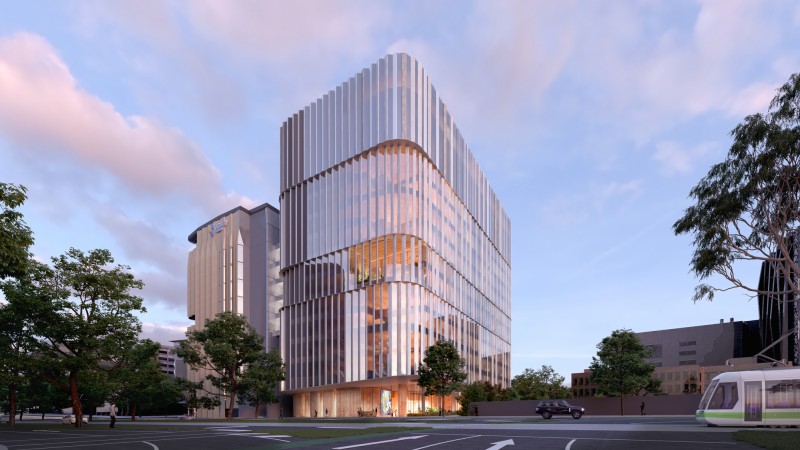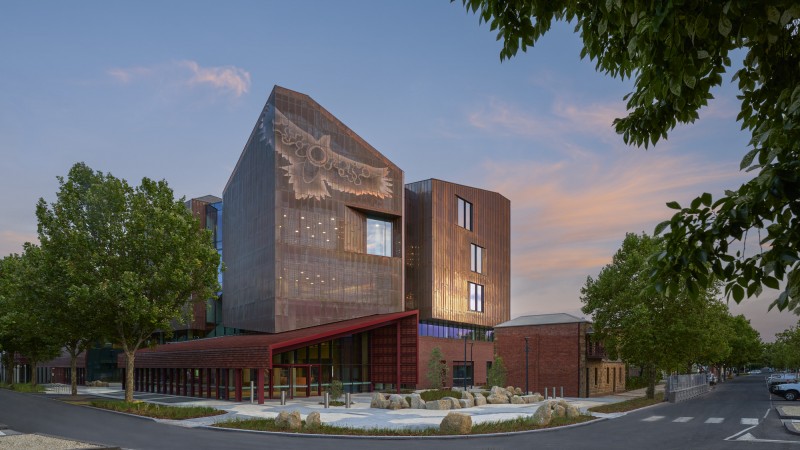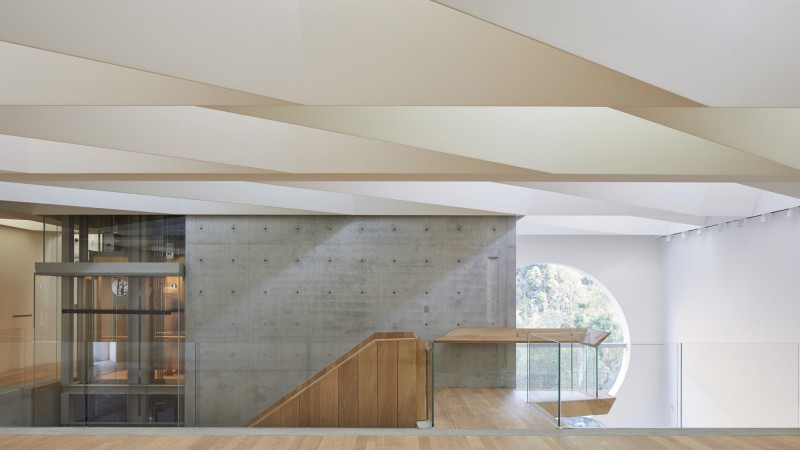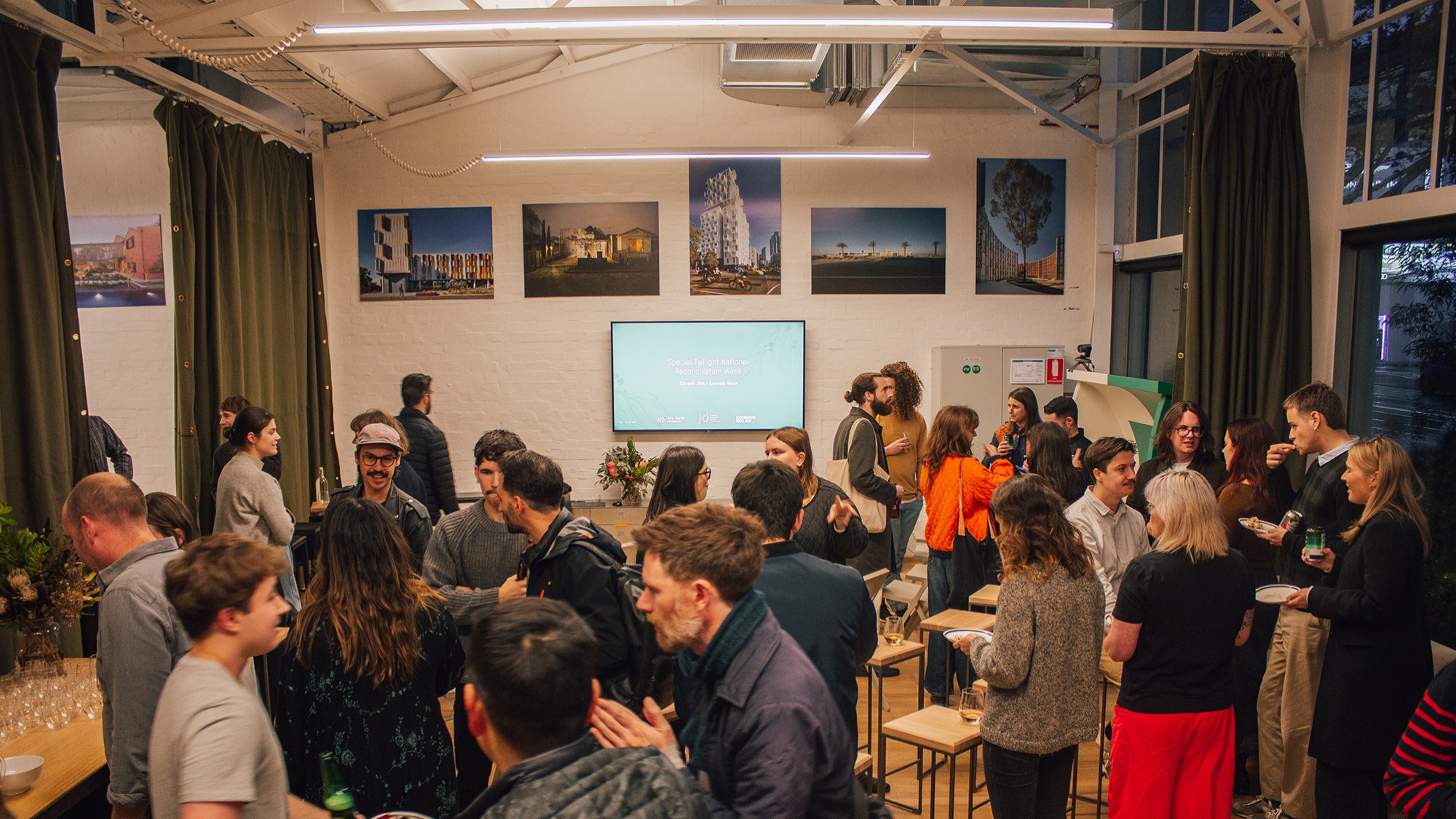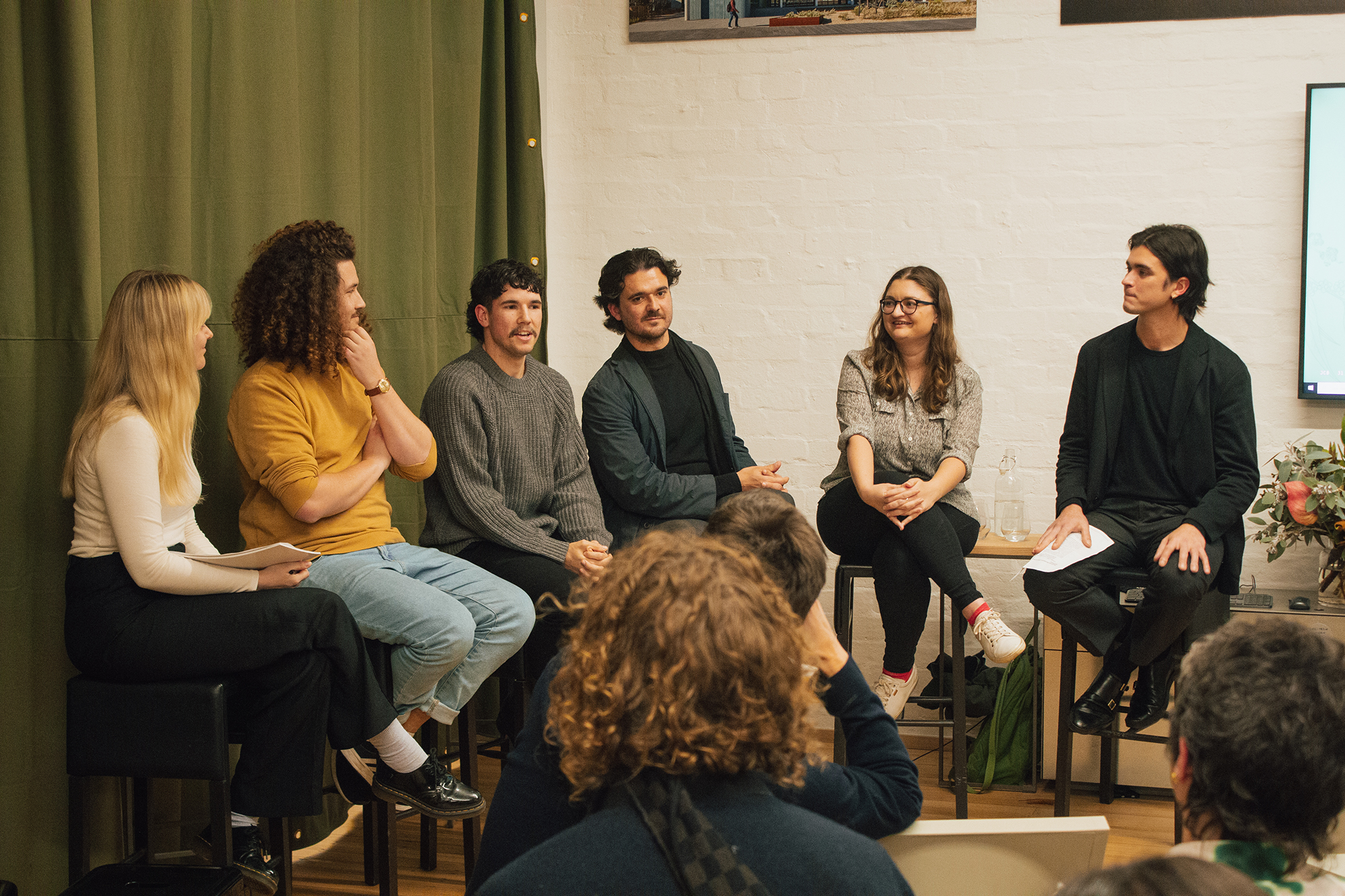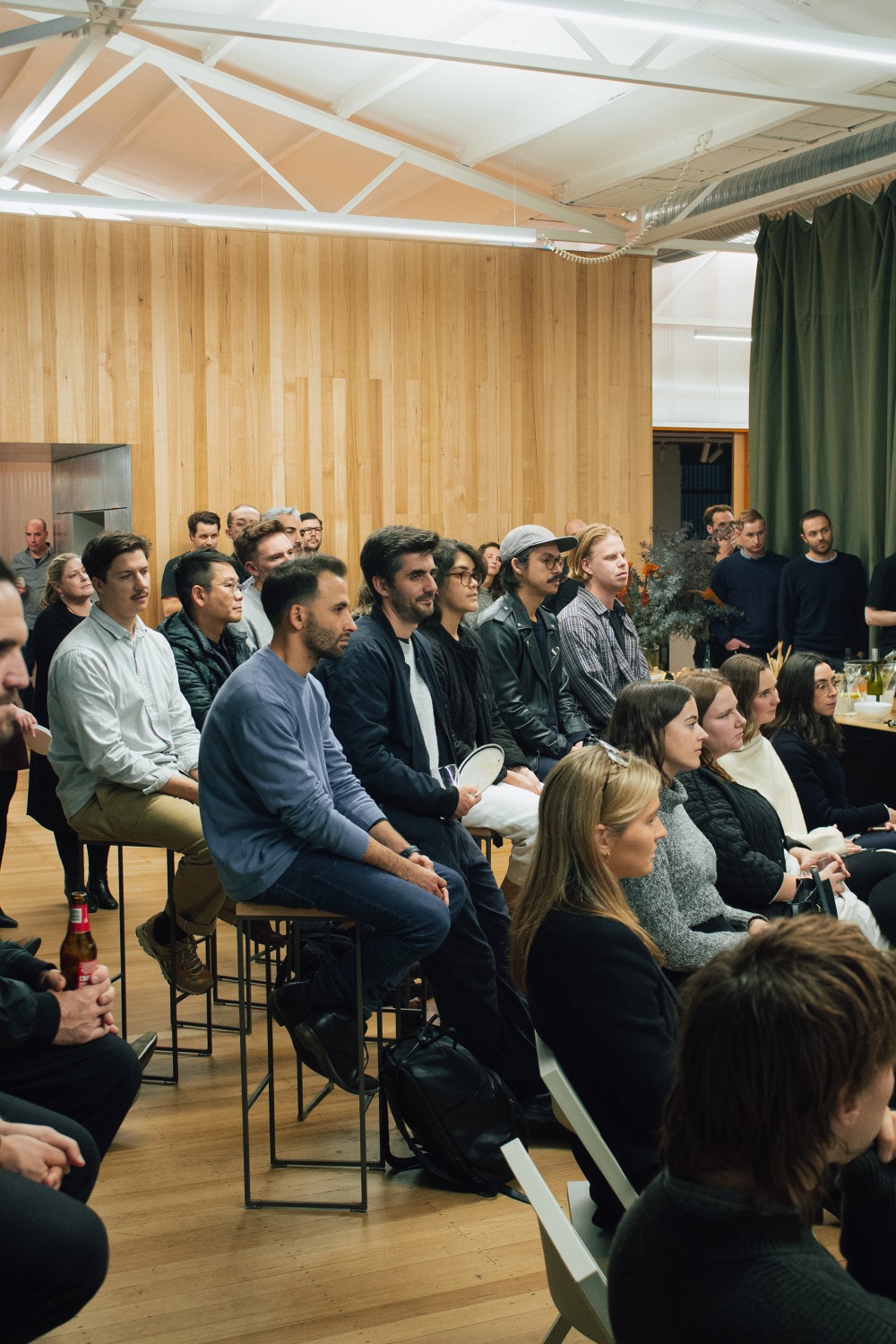What’s your favourite thing about designing on Country?
Sarah – I think knowing what the possibilities could be if we designed on Country properly. Even though we’ve been doing it for a long time, designing with Country – as a methodology – is something that no one in Australia is yet doing to the full extent. We need a perfect storm of the right client and project for it to come together in the right way. Alternatively, we can incrementally change our own practice in that direction – or maybe it’s a bit of both.
Also, because there’s no aesthetic or architectural typology that we tie back to as a heritage, we get to invent the rules a little bit. We can be creative with the tangible and intangible aspects of Country and do something new that’s both a form of representation and an opportunity to heal Country from the way it’s been harmed in the past. The opportunities are endless really – we’ve barely explored what we could do.
Michael – I think that’s a really interesting idea, to continue in the sense of endless opportunities. I’m not always going to be designing on my Country, so I like to think of entanglement - the actions I take, whether here or someplace else, affect Country.
It gives me so much motivation, inspiration and power knowing that I’m held to account.
Matt – For me personally, I’m relatively new in the architecture space so I see designing on Country as an opportunity to learn and to educate. As a young Indigenous man, I don’t know the answers to everything, but I appreciate having opportunities to ask the right questions and keep learning about the significance of Country.
Brad – That’s exactly how I feel, Matt. We’re all visitors to the Country that we’re on now, and for most places that we go within Australia, we’re visitors too. It’s always an opportunity to learn and grow.
The other thing is that architecture can be a regenerative process where we’re giving back to the places that we’re designing. We work in one of the most damaging industries in the world, and there’s opportunities when designing on Country to really give back.
